Timpanogos Cave National Monument is a little treasure in American Fork Canyon. Just 250 acres in size, this park is home to a steep swath of mountainside with an elevation range of 2,740 feet that hides three caves. The caves were discovered at different times, and they are now connected by artificial tunnels and accessible via tours offered by the National Park Service. Cave tours are offered daily from May to September, depending on snow conditions.
To get to the caves you’ll need to hike 1.5 miles on a paved trail that climbs 1,092 feet. The trail is steep in places, as it switchbacks up scree slopes where measures have been taken to reduce the (still present) rockfall danger. Although the trail is paved, the grades are steep enough (15 to 20% some places) that wheeled vehicles are not allowed. On the hike up you’ll pass a series of informative signs about the geology and natural history of the canyon. Cave tour tickets allow a generous hour and half to complete the hike up. Be sure to bring a jacket regardless of the temperature outside, as the caves stay a constant 45 degrees. There is a gift shop and snack bar at the visitor center, but bear in mind that food and drink are not allowed in the caves.
While the caves here are not as large as some more famous caverns, they are full of delicate and colorful formations. Some of these formations, like the twisted, spiraling helictites, are unusually common in these caves. On the cave tour you’ll visit about 60% of the 2 miles of underground passages. The first cave you enter is Hansen Cave, named for Martin Hansen, a local settler who came across the cave in 1887 while following mountain lion tracks in the snow. While early visitors to Hansen Cave damaged many formations, the other two caves, discovered later, have been better preserved. The national monument here was proclaimed in 1922, shortly after the rediscovery of Timpanogos Cave in the summer of 1921.
The more adventurous may sign up for an “Introduction to Caving” tour, where small groups of visitors will leave the trail to scramble and crawl through tunnels leading to Hansen Cave Lake. This tour follows the route that Martin Hansen used to lead tours of the cave in the late 1800s.
Lighting in the caverns is subdued and operated by timers to prevent damage to the formations and the growth of invasive organisms. This makes photography a challenge, requiring a good flash or long exposures (the latter is difficult, since tripods are not permitted).
The caves are connected by short, artificial passageways. To prevent airflow through these passages from drying out the caves and stopping the growth of the formations, steel airlock doors keep the tunnels closed at both ends. From Hansen Cave the tour leads on to Middle Cave and Timpanogos Cave. All the caves formed along fault lines in the limestone. The crystalline formations grow as water seeps into the tunnels and deposits minerals (mainly calcite), a process that has endured over the last 200,000 years, making these cave formations relatively young. In Middle Cave you’ll pass the pristine pool of Middle Cave Lake, then enter a large chamber known as The Big Room, where the natural fault line is clearly visible above.
Timpanogos Cave is the last cave you’ll visit on the tour. Some of the largest and best-known formations are found here, such as Caramel Falls, a colorful flowstone cascade, and the Great Heart of Timpanogos, a two-ton formation created by multiple stalactites that have grown together.

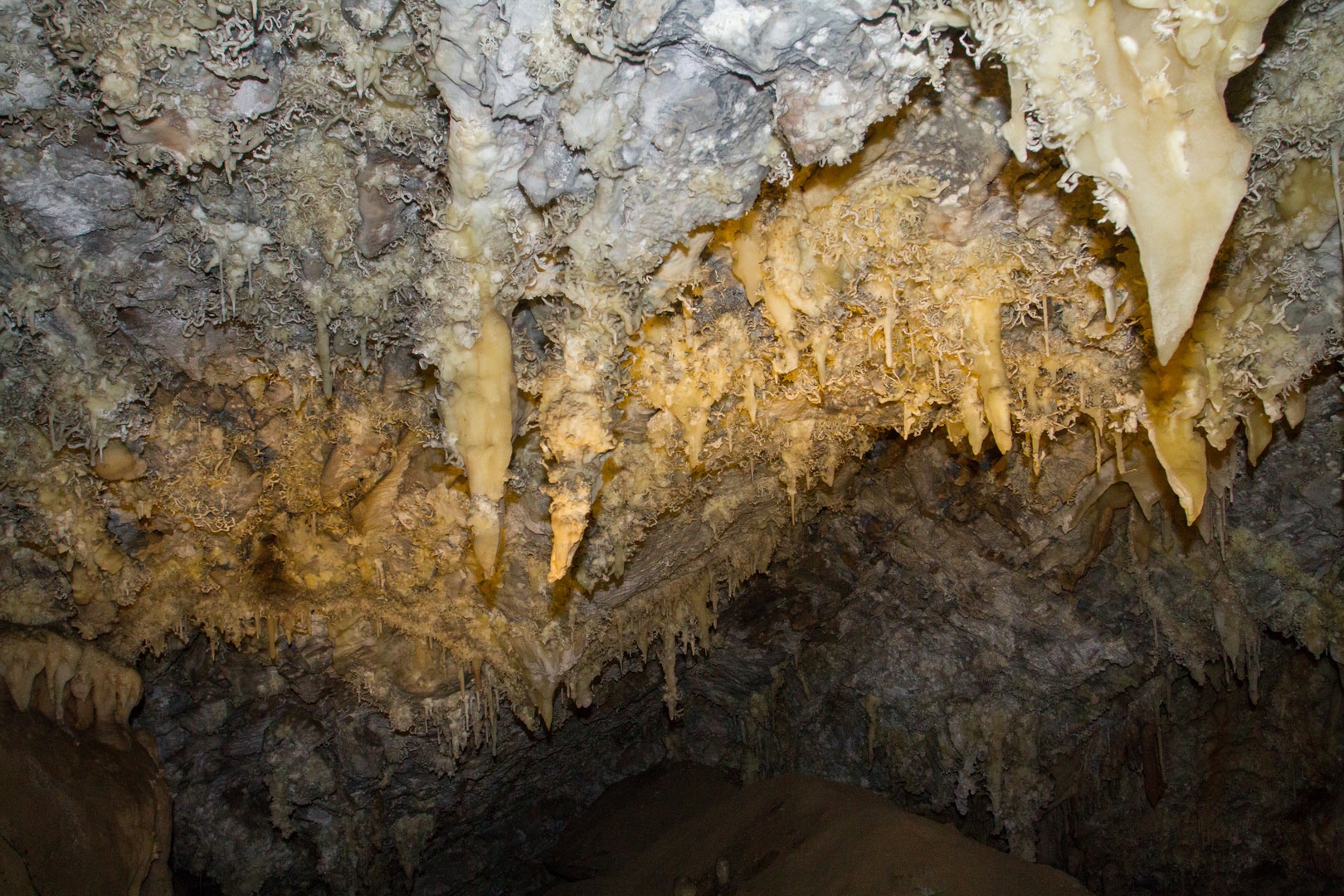
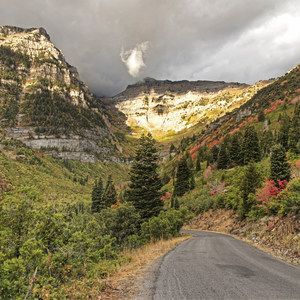
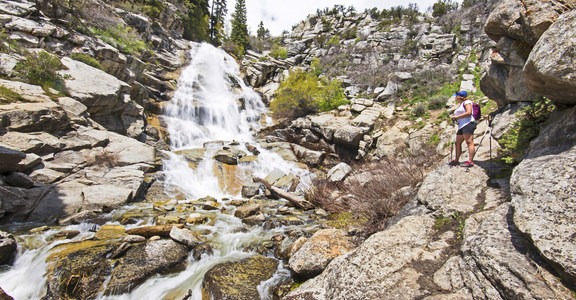
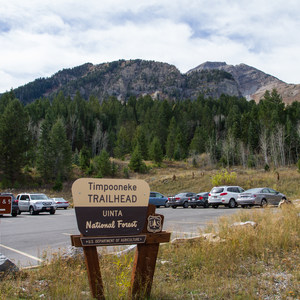
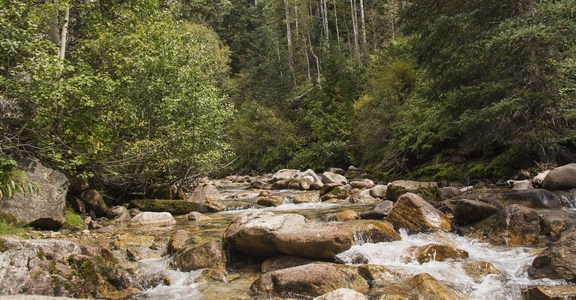

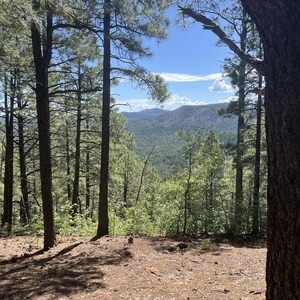


Comments
Sign In and share them.